Under what circumstances should tires be changed? Tires that are severely worn, severely aged and commonly cracked, frequently repaired, deformed, the metal coils inside the tire have been deformed or broken, or the sidewalls are punctured, etc. are all situations in which the tire needs to be replaced immediately.
Replace based on age
The service life of tires is generally about 5 years. When this time is reached, aging and cracking will generally occur, so time is a very important reference value. If the situation is like the following, you need to consider replacing the tires.
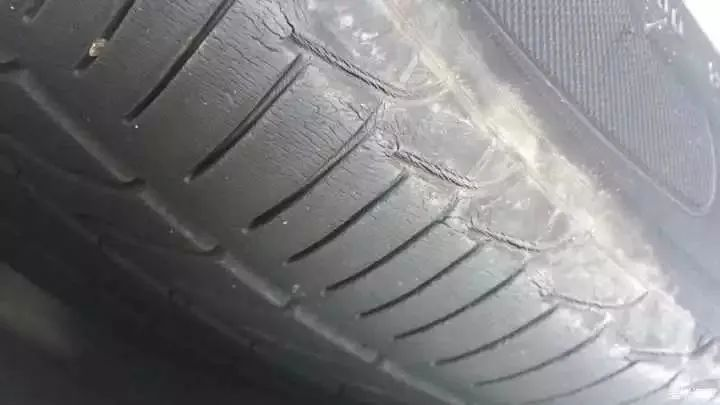
The production date on the tire is not like the usual products that indicate the production date of a certain year, month and day, but is stated with a four-digit number. This four-digit number is also different from our normal thinking. It is understood in reverse: the last two digits represent the year, and the first two digits represent the week number.
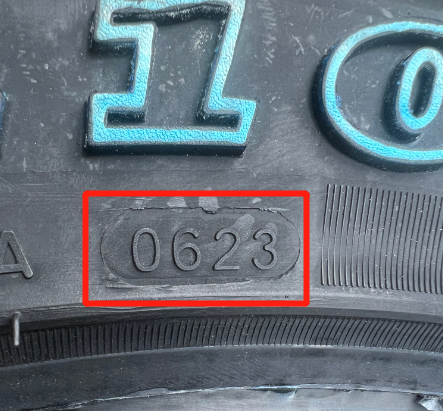
When buying tires, we must pay attention to these numbers to avoid buying overstocked products and avoid buying retreaded tires.
Replace according to wear limit
Tires come into contact with the road every year, and just like our shoes, they wear out. Tires have limit wear marks in their tread grooves. If they are worn close to the mark, they need to be replaced. Tires with severely worn tread patterns will have poor grip and drainage, and their continued use will pose great safety risks.
According to my country's current regulations, when the tire surface pattern wears down to less than 1.6 mm, it should be replaced. The wear marks on the tires are also set according to this standard. But in fact, this is only a minimum requirement. If it reaches this level, the tire's grip and drainage performance will be greatly reduced, and safety will become worse. I have read the suggestions of some foreign tire experts, saying that it would be safer to double this standard. In other words, the tread pattern should be more than 3 mm deep.
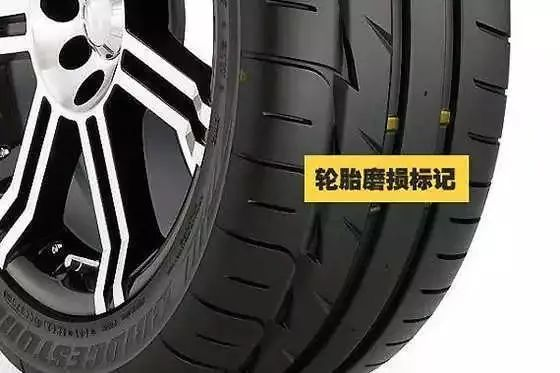
Replace according to aging conditions
Because everyone's car usage environment is different, some cars may not have reached the end of their service life or kilometers, but due to exposure to wind, sun, rain, and improper maintenance, they age faster than others.

Replace according to the degree of damage
Tires that are driven normally will only experience normal wear and tear, but the road conditions are complex and the tire usage environment is far more cruel than we imagine.
If the tire hits a pothole or rolls over a large rock, it is extremely easy to cause damage to the rim or sidewall, causing the tire to bulge. Once a bulge appears in the tire, it means that the metal wire inside the tire has broken, and the tire can no longer be used because it is very easy to puncture.
In addition to bulges, another serious damage to tires is cracks. This kind of crack may be caused by the hardening of rubber, it may be cut by stones, or it may be damaged by humans.
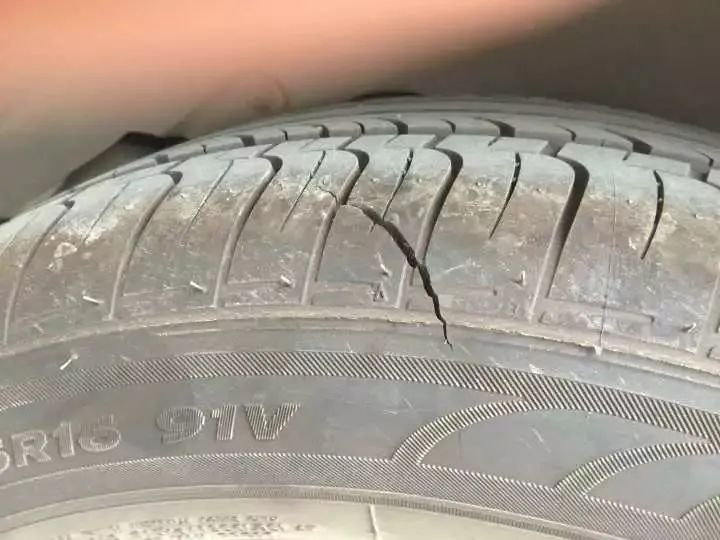
Regardless of the cause of the cracks, these damages, like bulges, cannot be repaired and can only be replaced.
Replace according to the number of repairs
Generally, there is no need to replace the tire if it is punctured. If the nail does not penetrate the sidewall, but only the tire crown, and does not penetrate the tire, just pull the nail out. However, this requires professional judgment, and it is best for car owners not to pull out the nail themselves. If the nail has punctured the tire, it needs to be repaired.
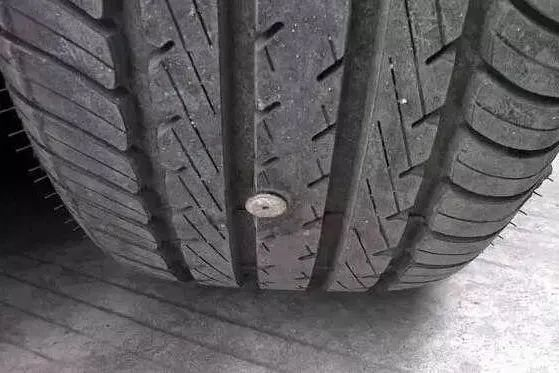
What if a tire has been repaired multiple times? Will it affect driving safety?
Tires that have been repaired multiple times will definitely affect performance, but there is no specific standard for how many times a tire can be repaired, because the size of the holes repaired each time is different. Generally speaking, a tire can be repaired four or five times. Any more repairs require a technician's evaluation and judgment.